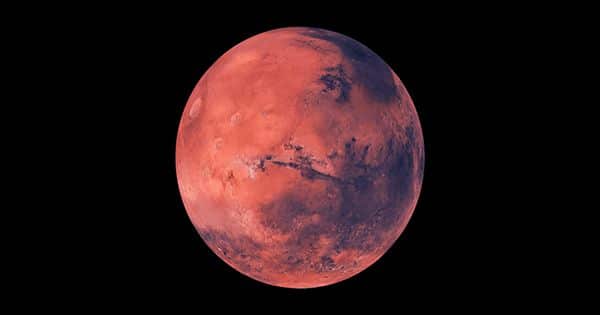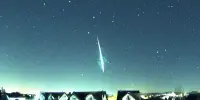A wet-dry cycle, which is required for life, was once present on Mars, according to new data.
A new article published in Nature looked at photos of old mud fissures acquired by Mars’ Curiosity rover.
The scientists examined the peculiar hexagonal pattern and discovered it was probable evidence of high-frequency wet-dry cycles, indicating a continuous, cyclic, and maybe seasonal climate on Mars around 3.7 billion years ago.
The authors believe the mud patterns suggest an “Earth-like climate regime and surface environments favorable to prebiotic evolution.”
That final word is crucial because prebiotic evolution is assumed to have occurred on Earth just before biological creatures appeared.
Curiosity has been gently ascending Mars’ 5km-high Mount Sharp. According to a NASA press release, the ancient mud fissures were discovered in 2021 after digging from a rock called “Contours.”
“This is the first tangible evidence we’ve seen that Mars’s ancient climate had such regular, Earth-like wet-dry cycles,” said lead scientist William Rapin of France’s Institut de Recherche en Astrophysique et Planétologie.

“But, more importantly, wet-dry cycles are beneficial, if not necessary, for the molecular evolution that could lead to life.”
Scientists believe that a proper water balance is required to support life. The wet-dry cycle is crucial because it promotes the formation of long chains of carbon-based molecules known as polymers, which include nucleic acids, the building blocks of life.
According to Ashwin Vasavada of NASA’s Jet Propulsion Laboratory in Southern California, the discovery broadens the type of findings Curiosity has made.
“We’ve found plenty of evidence that ancient Mars could have supported microbial life over the last 11 years.” Now, the mission has discovered evidence of conditions that may have aided in the beginning of life.”
The lack of tectonic activity on Mars benefits scientists by allowing them to collect evidence that has been disturbed on Earth.
Because of the vastness of the universe, there has long been conjecture regarding extraterrestrial life. There are around 200 billion galaxies in the observable universe, each with an average of 100 billion stars, many of which are expected to host planets.
There could possibly be life outside in our solar system, including the moons Europa, Enceladus, and Titan.
Abiogenesis is considered to have occurred on Earth around 4.3 billion years ago, with life possibly emerging in hydrothermal conditions.
However, it is also plausible that life came to Earth from another planet through comets and asteroids.















